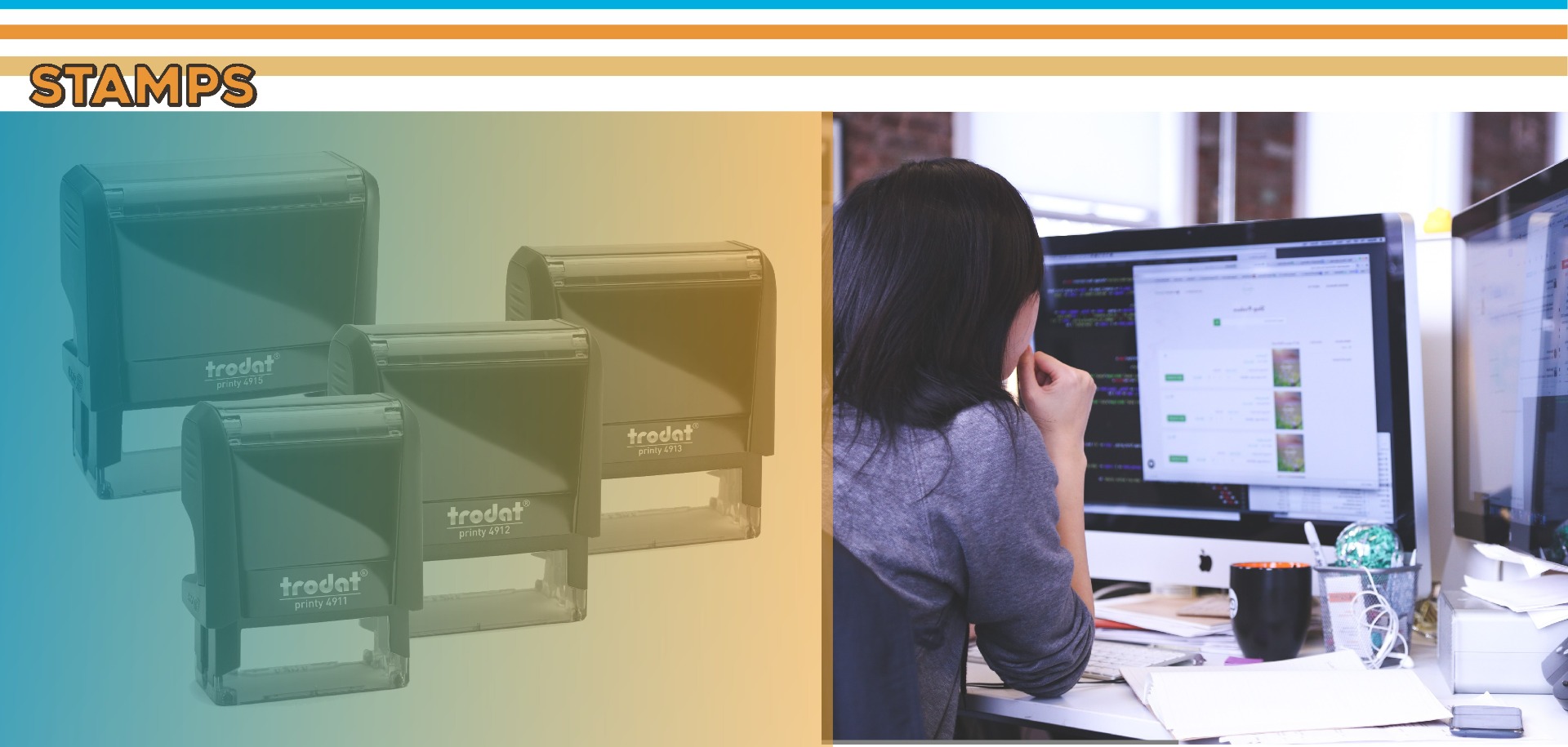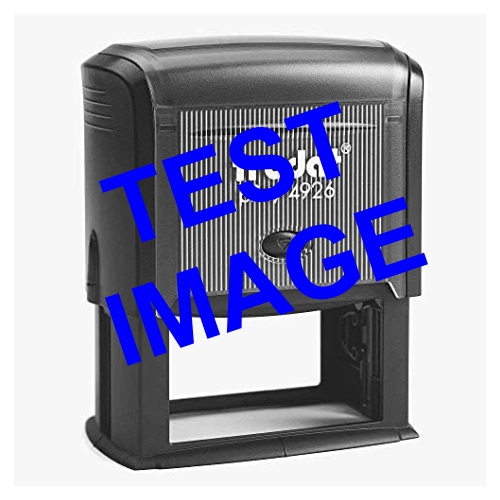We use cookies to make your experience better. To comply with the new e-Privacy directive, we need to ask for your consent to set the cookies. Learn more.


Rubber stamps, whether traditional or self-inking, are indispensable tools in various settings, from personal use to professional environments. Traditional rubber stamps consist of a wooden or plastic handle attached to a rubber die, which is carved with the desired text or image. To use them, an ink pad is required, onto which the stamp is pressed before transferring the design onto paper or another surface. These stamps offer versatility as they can be easily customized and are suitable for a wide range of applications, from crafting and scrapbooking to office paperwork and business branding.
On the other hand, self-inking stamps feature an integrated ink pad within the stamp mechanism itself. This design eliminates the need for a separate ink pad and offers a more convenient and mess-free stamping experience. When the stamp is pressed down, the ink pad automatically re-inks the rubber die, ensuring consistent and clear impressions with each use. Self-inking stamps are favored for their efficiency and ease of use, making them ideal for repetitive tasks such as addressing envelopes, marking documents, or stamping invoices.
Both traditional and self-inking rubber stamps come in various sizes, shapes, and designs to suit different preferences and requirements. They are commonly used in offices, schools, legal institutions, and creative endeavors, providing a simple yet effective way to add logos, signatures, dates, and other information to documents and materials. Whether for personalizing correspondence, marking important paperwork, or adding branding elements to products, rubber stamps remain invaluable tools that continue to serve diverse purposes in today's digital age.
Rubber stamps, whether traditional or self-inking, are indispensable tools in various settings, from personal use to professional environments. Traditional rubber stamps consist of a wooden or plastic handle attached to a rubber die, which is carved with the desired text or image. To use them, an ink pad is required, onto which the stamp is pressed before transferring the design onto paper or another surface. These stamps offer versatility as they can be easily customized and are suitable for a wide range of applications, from crafting and scrapbooking to office paperwork and business branding.
On the other hand, self-inking stamps feature an integrated ink pad within the stamp mechanism itself. This design eliminates the need for a separate ink pad and offers a more convenient and mess-free stamping experience. When the stamp is pressed down, the ink pad automatically re-inks the rubber die, ensuring consistent and clear impressions with each use. Self-inking stamps are favored for their efficiency and ease of use, making them ideal for repetitive tasks such as addressing envelopes, marking documents, or stamping invoices.


Both traditional and self-inking rubber stamps come in various sizes, shapes, and designs to suit different preferences and requirements. They are commonly used in offices, schools, legal institutions, and creative endeavors, providing a simple yet effective way to add logos, signatures, dates, and other information to documents and materials. Whether for personalizing correspondence, marking important paperwork, or adding branding elements to products, rubber stamps remain invaluable tools that continue to serve diverse purposes in today's digital age.
